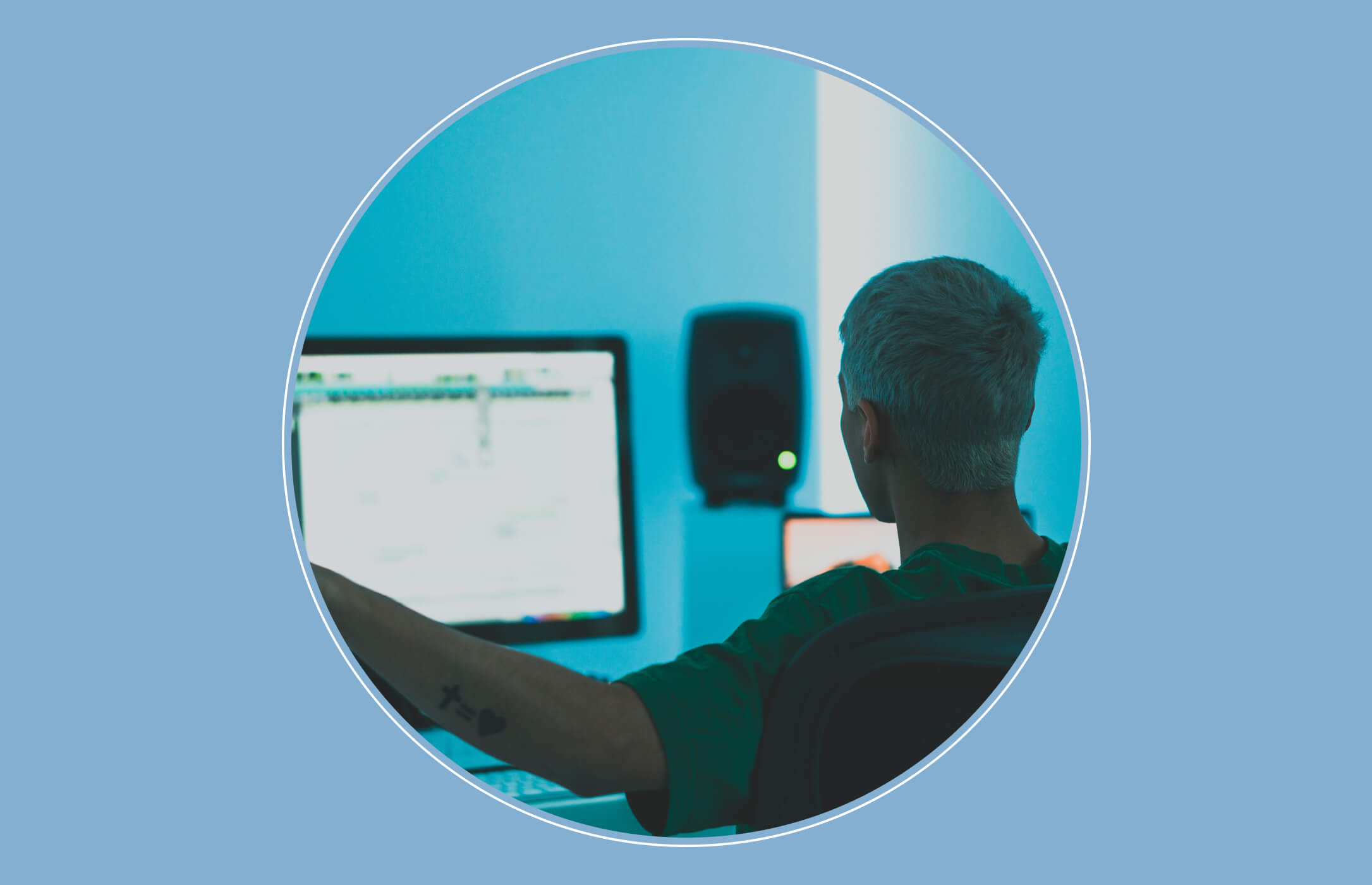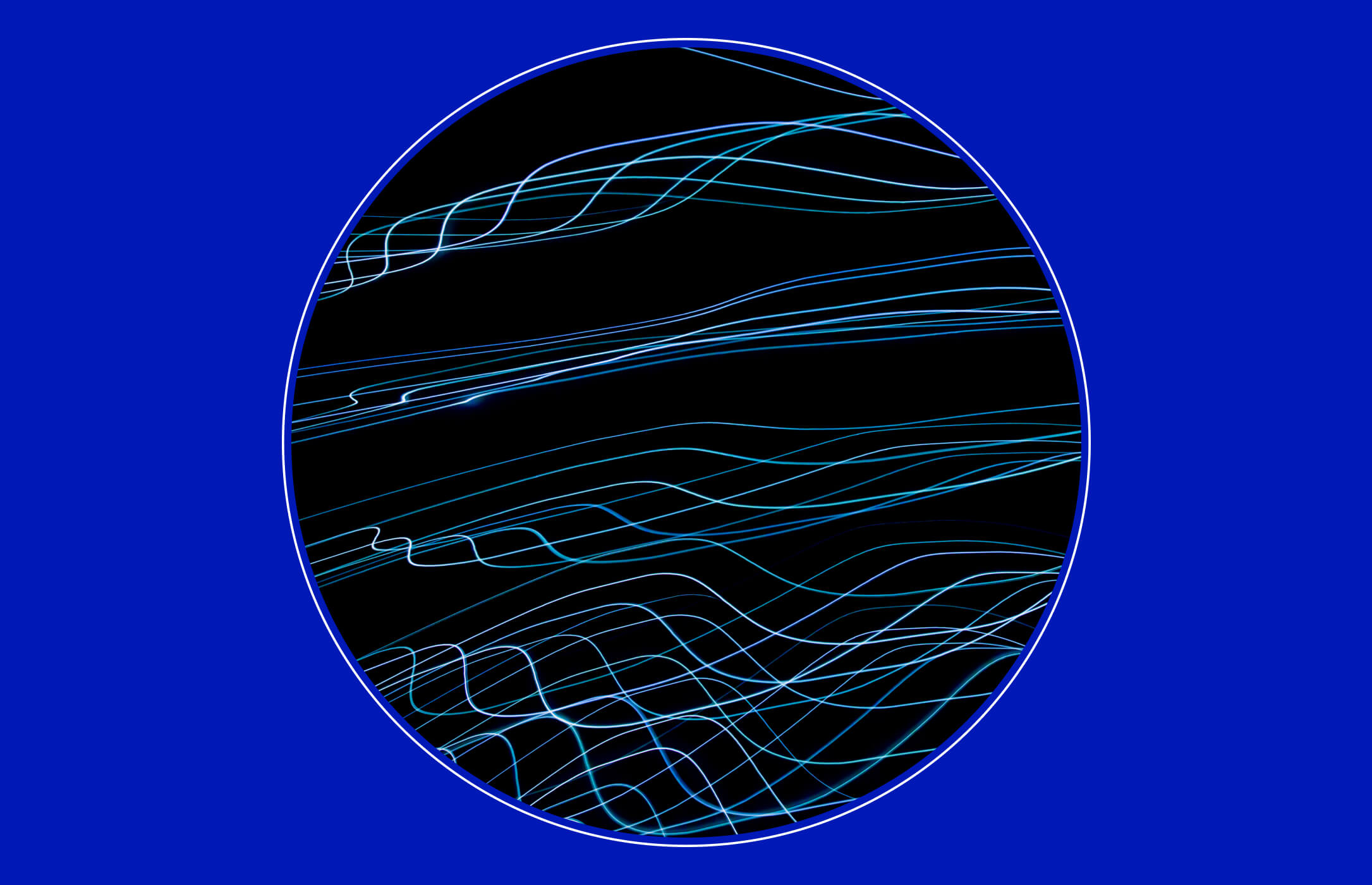What Do You Know About Sample Rate? 7 Questions Answered
It’s easy to talk about session sample rates, but how much do you really know about them? Let’s talk about a few queries regarding sample rates here.
What Does “Sample Rate” Mean?
The sample rate refers to how quickly samples are collected. Imagine you’re listening to an analog audio track. A “sample” is a measurement — a “snapshot” — of the audio track at a particular point in time, represented in binary language of 1s and 0s. Repeat that measurement tens of thousands of times per second; the sample rate or sampling frequency is the number of times that picture is captured. It’s represented in kiloHertz (kHz), which is 1,000 times per second. The sample rate of audio CDs, for example, is 44.1kHz, which implies the analog signal is sampled 44,100 times per second.
With the discovery of the Nyquist–Shannon theorem in the 1940s, the science of sample rates was born. The theory says that the original signal can be accurately recreated when the sampling frequency is higher than twice the maximum frequency of the signal being sampled. The original analog signal may be reconstructed without loss as long as the Nyquist limit (half the sample rate) exceeds the maximum frequency of the signal being sampled. If lower sampling rates are employed, the original signal’s information may not be fully recovered from the sampled signal, or an audible artifact known as “aliasing” may occur (we’ll go into aliasing in more detail later in this article.)
If the sample rate is 44.1kHz, the maximum frequency that can be recorded and stored is approximately 22kHz, which is slightly less than half of the sampling frequency. Remember that the recognized human hearing range is 20 Hertz to 20,000 Hertz (or 20kHz), even though most of us don’t hear frequencies that high in practice. High frequency sensitivity is reduced by age, loud sound exposure, and environmental factors. The Nyquist frequency rises to just under 24kHz when the sample rate is increased to 48kHz, and it rises to just under 48kHz when the sample rate is increased to 96kHz — well over an octave above audibility.
What Is the Purpose of Sample Rate?
People will tell you that a sample rate measures or catches a number of things, but it just does one thing: it measures frequency. That is all there is to it.
What is the significance of 44.1kHz?
So, how did 44.1kHz become the “standard” sample rate for so many digital formats? According to what I’ve heard, 48kHz was the “pro” standard in the early days of digital audio, and manufacturers sought to use a different rate for “consumer” devices to avoid direct digital copying. Because converting digital audio from a sample rate of 48,000 to 44,100 is difficult theoretically, this sample rate was selected for consumer gear due to its incompatibility with professional gear.
Why use higher sample rates if 44.1kHz captures more than we can hear?
Higher sample rates may be beneficial for a number of reasons. The first is that, although 44.1kHz is the norm for audio CDs, 48kHz is the standard for video audio. Studios that operate in film and television on a regular basis may utilize 48kHz as their internal standard. Higher sample rates, such as 88.2kHz, 96kHz, 192kHz, and even higher, may serve a function, but it may not be the one you expect.
The Nyquist theorem says that frequencies less than half of the sample rate can be reproduced. So, what happens if the frequency exceeds half of the sampling rate? Any frequencies beyond the Nyquist Limit will not be represented correctly, according to the theorem, and this has been shown to be accurate; frequencies above the limit may appear as spurious sounds in the audible audio spectrum. This is known as “aliasing,” and it may be avoided by band-limiting (filtering) analog audio before converting it to digital. This effectively implies that at the Nyquist Limit, analog-to-digital converters (ADCs) have a low-pass filter that prevents out-of-bandwidth frequencies from reaching the converters. The way the filter is implemented in the ADC is critical; if done correctly, it should be totally invisible. If done incorrectly, the filter will impair the audio quality. The anti-aliasing filter’s implementation is pushed beyond the audible frequency range by sampling at 88.2kHz, 96kHz, or even 192 kHz (which means that even less than optimal filter design will be inaudible). Early ADCs had a much larger problem with this, since the filters may degrade the signal audibly. It’s considerably less of a problem nowadays, regardless of sample rate, thanks to current technologies.
Are You Able to Hear the Unheard?
Some argue that frequencies in an audio source or transmission beyond the 20kHz human hearing limit may still be heard or have an impact on the audio. Using a larger sample rate in this instance catches any higher harmonics or ultra-high frequencies. Do you think you can hear those frequencies? Perhaps, but perhaps not. For the purpose of safety, I believe it is worthwhile to capture the maximum signal bandwidth possible.
Is 96kHz better than 44.1kHz in terms of sound quality?
Sure. No. Maybe. The answer is that it depends. I examined recordings with normal and high sample rates and found no discernible changes. However, I’ve noticed a difference when comparing the same recording at high and standard sample rates. There are a number of variables that may affect this, but the most important is the ADC’s filtering and overall quality. Some ADCs sound better at one sample rate than at another, although this is attributable to the converter’s design rather than a limitation of sampling at higher rates. This isn’t to say that you shouldn’t record at high sample rates, it just depends on what your converters sound best at.
Furthermore, certain plug-ins sound better with higher sampling rates. When it comes to recording and mixing, experiment and see what you come up with. To eliminate that variable from the equation, I usually default to a higher rate if the gear allows it.
Is There a Drawback to Using Higher Sample Rates?
Perhaps, but perhaps not — it is debatable. A session recorded at 96kHz will take up more disk space than one recorded at 44.1 or 48kHz, but with today’s storage costs and capabilities, this isn’t a huge issue. You’ll also be sending more data via your computer and onto your hard drives — some hard drives can’t handle that much data at once. If you’re working from home and need to transmit sessions over the internet, the bigger the session, the longer it will take to upload.
Converting from a high rate to a standard rate is another area where larger sample rates may cause problems (44.1kHz and 48kHz). However, since today’s sample rate conversion algorithms are so good, converting shouldn’t result in much, if any, audible loss.
What’s the bottom line?
Experiment with various sample rates by recording and mixing songs with your own equipment and in your own surroundings. If you like the sound of one sample rate over another, then go ahead and record at that rate!



